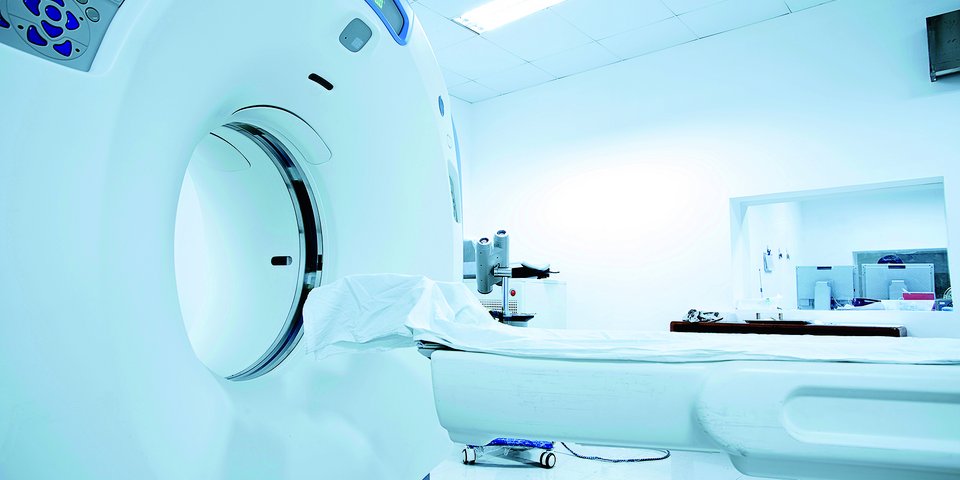 iStockphoto/4X-image
iStockphoto/4X-imageCompliance with date of application of Medical Device Regulation
Measured implementation in the interest of patient safety.
RB – 10/2019
Following long and intense political debate,
the European Medical Device Regulation came into force at the end of May 2017.
The core aim of this Regulation is to make the placing on the market of medical
devices safer, to increase the requirements for the clinical assessment of
high-risk products, to create transparency through a central database and to
harmonise the quality of Notified Bodies throughout Europe.
In addition, the new Regulation now assigns
certain medical devices to a higher risk class. This revision was necessary
because the classification rules of the previous directives dating from the
beginning of the 1990s had to be updated to the current state of the art of
medical devices. This especially applies to software, for example certain apps,
which can have a significant influence on therapeutic decisions in the event of
heart failure or depression. Wrong decisions can lead to the death of those
patients affected. According to the rules of the new Regulation, this type of
software is now placed in Class IIb, whereas previously it was in Class I.
An important and long-overdue step towards improving patient safety and quality of healthcare
The German National Association of Statutory
Health Insurance Funds (GKV Spitzenverband) views the new Regulation as an
important and long-overdue step towards improving patient safety and the quality
of healthcare using medical devices.
In order to ensure a smooth transition from
the current EU legislation on medical devices to the new EU Regulation, the
rules for active implantable medical devices and in vitro diagnostics will be
phased in from a later date. The Regulation has several deadlines. One deadline
stipulates that medical devices must be placed on the market in accordance with
the new Regulation from 26 May 2020. Notified bodies must be designated by the Member
States in a timely manner in accordance with the new EU Regulation in order to enable
them to issue new certificates for placing medical devices on the market.
However, there is a transitional period for
certificates issued under the old EU legislation, the validity of which extends
beyond 26 May 2020. Medical devices with certificates issued under the old
legislation may remain on the market until this certificate expires or until
May 2025, whichever comes first.
Manufacturers of Class I medical devices,
whose products are now classified in a higher risk class by the new
classification rules, must place these on the market according to the provisions
of the new EU Regulation as of 26 May 2020.
Criticism from industry and politics
Representatives of industry and government
have criticised the Regulation for several months, claiming that the demands
placed on medium-sized companies are too high and jeopardise the supply of
medical products. They have highlighted problems with the implementation of the
Medical Devices Regulation in terms of timing and content.
Position of the GKV Spitzenverband
The main aims of the new Medical Devices Regulation
are to improve the safety of medical devices, to ensure uniform quality of notified
bodies throughout Europe and to improve transparency. Since the Regulation came
into force, both the Member States and the EU Commission have been working on
its implementation and are currently creating the necessary structural
framework conditions.
Harmonising and improving the standard of
quality of notified bodies also means that certain notified bodies, which do
not meet the new quality standards, will no longer be able to continue
operating as they currently do. It has therefore always been assumed that fulfilling
the new quality standards will require a lot of effort on the part of many notified
bodies in terms of infrastructure and personnel, and that there will probably
be fewer notified bodies in the foreseeable future than under the old medical
devices directives.
Of the 59 current notified bodies, 47 had applied
for new designation by the end of May 2019. 26 have already been through a joint
assessment, and seven further assessments were agreed at the end of May[1].
The EU Commission has stated several times that it expects that by the end of
the year around 20 notified bodies will have been approved and be able to
commence operations.
Persons with statutory health insurance in
Germany are entitled to a supply of marketable medical devices which meet
quality and efficiency requirements. The secure supply of medical devices to
persons with statutory health insurance must not be jeopardised at any time.
In the event that reliable figures on
directly affected manufacturers and products indicate that a specific problem
exists with regard to the transitional periods, targeted measures must be put
in place to solve the problem identified.
In a ministerial letter to the EU
Commission dated July 2019, German Federal Health Minister Jens Spahn referred
to a survey of Member State authorities which indicated that about 150,000
products from 4,000 manufacturers require certification by a notified body for
the first time due to new classification rules. The GKV Spitzenverband is not
aware of any specific details about the products affected. Nevertheless, given
the pure size of this estimate, it seems appropriate to create an exception
which would allow these products to remain temporarily marketable according to
the old EU directives. This period should enable manufacturers and notified bodies
to implement the quality standards required by the new legislation and avoid
possible supply shortages.
However, the GKV Spitzenverband strongly
warns against calling into question or postponing the Regulation’s date of
application in its entirety. Manufacturers, authorities and notified bodies have
had enough time to prepare for the Regulation’s date of application, which has
been known for years.
[1] Dr Martin Renhardt, Austrian Federal Ministry for Labour and Social
Affairs; EUNetHTA Workshop, Vienna, 28 May 2019. https://www.eunethta.eu/wp-content/uploads/2019/06/WS2_Documentation_25.06.2019pdf.pdf,
Page 14. Accessed on 08 Aug 2019.
